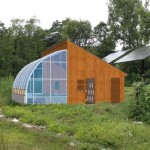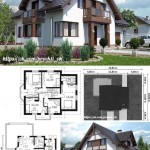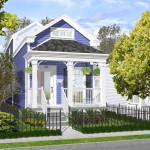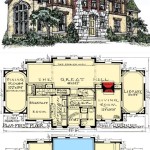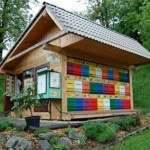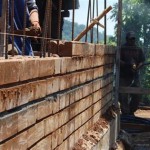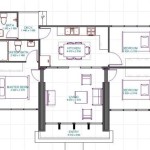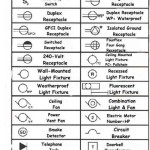Floor Plans With Curved Staircases: A Guide to Design and Functionality
Curved staircases are a captivating architectural element that adds elegance and visual interest to any home. Their graceful curves create a sense of fluidity and sophistication, transforming a functional space into a focal point. Incorporating a curved staircase into a floor plan requires thoughtful planning and consideration of its impact on various aspects of the home's design and functionality. This article explores the intricacies of designing floor plans with curved staircases, providing insights into their benefits, challenges, and the key factors to consider.
Aesthetic Appeal and Visual Impact
The primary appeal of a curved staircase lies in its striking visual impact. Unlike straight staircases, curved staircases introduce a dynamic element to the space, drawing attention and enhancing the overall aesthetic appeal. The gentle flow of the curves creates a sense of movement and elegance, adding a touch of luxury and sophistication. Curved staircases seamlessly blend into different architectural styles, from traditional to modern, allowing for versatility in design. This versatility makes them suitable for both grand and compact spaces, adding a unique charm to any setting.
The design of a curved staircase offers ample opportunities for customization and personalization. The type of curve, the handrail design, and the choice of materials can all be tailored to complement the overall architectural style and the homeowner's aesthetic preferences. Balusters, for instance, can be intricately carved to add a touch of ornate detailing, while modern designs might incorporate sleek, minimalist elements. The flexibility in customization ensures that a curved staircase can be seamlessly integrated into the overall design scheme, enhancing the home's visual appeal.
Space Optimization and Functional Considerations
While curved staircases are visually captivating, they also present unique challenges in terms of space optimization and functionality. The curved configuration requires a larger footprint than a straight staircase, potentially reducing the available floor space. Careful planning and consideration of the staircase's layout are crucial to ensure that the space is used efficiently and the flow of traffic is not impeded.
The design of a curved staircase must factor in the potential for headroom clearance. The curves can create low-hanging areas, especially at the beginning and end of the staircase, necessitating careful consideration of the ceiling height and the positioning of light fixtures to ensure adequate headroom for taller individuals. Additionally, the location of the curved staircase plays a significant role in optimizing the flow of traffic and ensuring a smooth transition between different levels. Careful design and placement can minimize potential bottlenecks and optimize the functionality of the space.
Construction Complexity and Cost Considerations
Curved staircases are more complex to construct than their straight counterparts. The intricate curves require specialized craftsmanship and meticulous attention to detail. This complexity translates into increased construction costs, as skilled labor and specialized materials are often required. The construction process may also take longer than a straight staircase, as each individual component needs to be carefully measured and fitted.
The cost of constructing a curved staircase can vary significantly based on factors such as the size, materials, and complexity of the design. In addition to the cost of materials and labor, factors such as the need for custom fabrication, additional support structures, and specialized finishing techniques can also contribute to the overall cost. The complexity of the construction process highlights the importance of engaging experienced contractors and designers who can navigate the challenges and ensure a high-quality outcome.
Conclusion
Incorporating a curved staircase into a floor plan is a design decision that involves careful consideration of aesthetics, functionality, and budget. While they offer undeniable visual appeal and create a sense of grandeur and sophistication, they also present unique challenges in terms of space optimization and construction complexity. By carefully planning and considering the factors discussed above, architects and homeowners can ensure that a curved staircase becomes a stunning design feature that enhances the overall beauty and functionality of the home.

House Plans With Circular Staircase Luxurious Design Craftsman Style Stairs

Floor Plan Aflfpw76201 2 Story Home Design With 4 Brs And 3 Baths House Plans Stair

Home Plan With Dramatic Spiral Staircase 89857ah Architectural Designs House Plans

How To Build Modern Curved Stairs In 7 Steps

Fiddlers Creek House Plan Stairs Floor Stair Round

Curved Staircase 36310tx Architectural Designs House Plans

Contemporary Plan With Curved Staircase 69318am Architectural Designs House Plans

Home Plan Coach Hill Sater Design Collection

Stone And Brick 4 Bed Luxury House Plan With Curved Staircase 890039ah Architectural Designs Plans

House Plan 41012 Quality Plans From Ahmann Design

